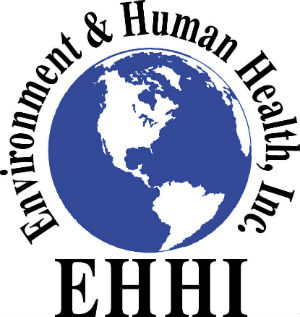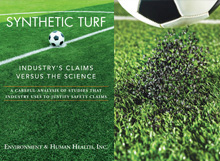Environment & Human Health (EHHI) is dedicated to protecting human health from environmental harms through research, education and the promotion of sound public policies.
Reports to Promote Policy Changes
Plastics and Microplastics
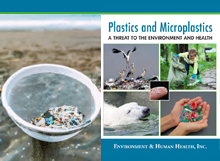
Plastics are ubiquitous. About 380 million tons of plastic are produced each year. The more scientists learn about plastic pollution, the more serious the problems are shown to be for the environment and the health of all living things.
EHHI is calling for sweeping policy initiatives to better protect the public from harmful exposures.
Pesticide Risks
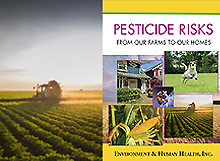
Pesticide Risks: From Our Farms to Our Homes. Government has failed to demand full and independent testing prior to pesticide approval. Regulators have often bowed to corporate and political pressure despite clear evidence of health risks.
See recommendations for the federal government, states, towns, and individuals.
Wood Smoke Exposures

Wood smoke poses a serious danger to human health. Summer wood burning has increased over the past 25 years, with people using backyard fireplaces, fire pits, chimineas, and outdoor cooking appliances.
EHHI issued a WOOD SMOKE UPDATE to help individuals being harmed by neighbors' smoke. See "more info" below.Outdoor Wood Furnaces
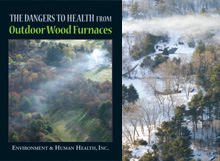
Read how outdoor wood furnaces cause respiratory problems and adverse health effects in neighboring homes.
What should you do when your neighbor's smoke comes onto your property and into your home?
more infoOriginal Turf Report

EHHI developed the original 2007 study of crumb rbber. Recycled tires are used in athletic fields, playgrounds, and garden mulch.
Read the results of testing at the Connecticut Agricultural Experiment Station.
more infoCell Phones

EHHI’s report explores what we know about cell phone use, technology, and health effects. Exposures to electromagnetic radiation are happening in ways never dreamed of before.
What do cell phone exposures mean for human health? more infoPesticides
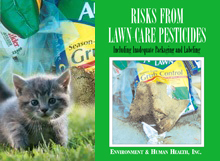
Pesticides are intentionally toxic substances linked to cancer, birth defects, mutations and other health problems.
Children, infants, and fetuses may be especially vulnerable to adverse health effects.
more infoVehicle Exhaust
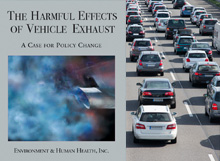
Although the smell of vehicle exhaust is a normal part of everyday life, our nation is experiencing an epidemic of illnesses made worse by air pollution.
The U.S. Environmental Protection Agency does not sufficiently protect air quality.
more infoFlame Retardants

Found in almost all consumer products, flame-retardants pose special health risks for fetuses, infants, and children.
EHHI recommends sweeping policy changes to protect the public from flame-retardants. more infoChildhood Obesity

Obesity and overweight prevalence is at least 15 percent for all children and adolescents, and higher than 30 percent in some populations.
Learn about EHHI's successful legislative efforts to protect children's health.Harmful Plastics
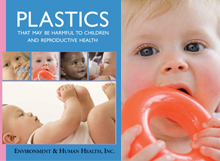
Two plastic ingredients, bisphenol A (BPA) and Di(2-ethylhexyl) phthalate (DEHP), disrupt normal growth and development.
Find out more about hormone-disrupting chemicals in household plastics.
more infoThe LEED Debate
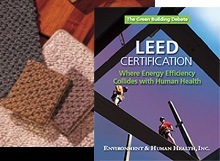
Do “green” buildings protect human health from environmental hazards? The answer is “not necessarily.”
Find out where energy efficiency collides with human health.
more infoAsthma in Children
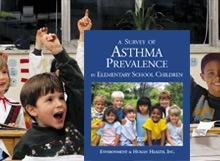
Asthma is a chronic disease that affects growing numbers of children and adults in the United States.
EHHI surveyed school nurses in grades K-5 to assess asthma prevalence among school children in Connecticut. more infoSchool Bus Exhaust
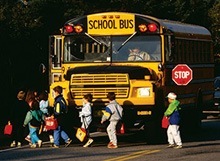
Most U.S. school buses generate diesel exhaust composed of very fine particles of carbon and a mixture of toxic gases.
EHHI urges states to adopt no-idling laws for school buses (see the Connecticut legislation).
more infoPesticides in Private Wells

Lawn and tree care pesticides can filter down through the soil and enter residential drinking water wells, even deep wells.
EHHI calls for testing of private wells.
more info